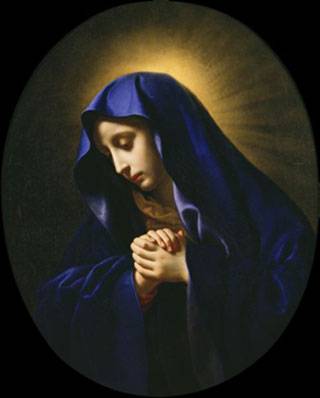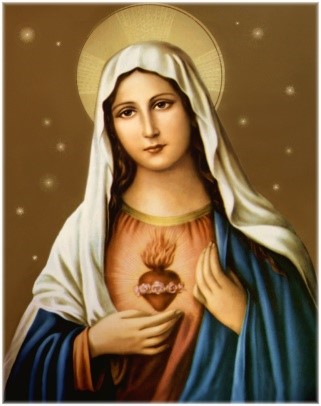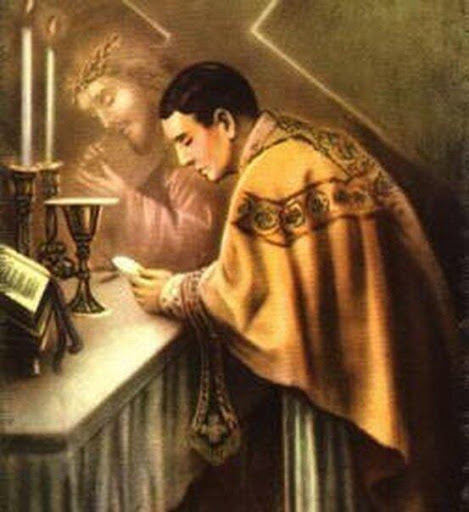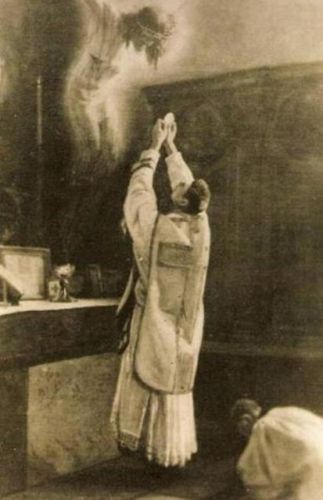In the natural order of our humanity, Mary is the mother of Jesus. In the supernatural order of His divinity, Jesus is the Son of God. Jesus is a divine person with two natures, a divine nature as Son of God, and a human nature as Son of Mary. He remains yet forever, fully human and fully divine, two natures in one person, fully Son of God and Son of Mary.
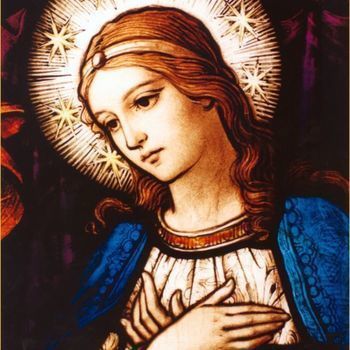
The grace that sanctifies and saves us was won on Calvary through the redemptive suffering and death of Jesus, in cooperation and in union with Mary’s spiritual suffering and martyrdom united with the same sacrifice of her Son. In cooperation and in union with her Son’s redemptive suffering, Mary became our mother in the order of supernatural grace. Mary’s motherhood to Jesus by nature, has now extended to us by grace. “[Jesus] said to his mother, Woman, this is thy son. Then he said to the disciple, this is thy mother”. (Jn 19:26)
As the mother of Jesus, Mary is the mother of the Church. She is mother to the head of the Mystical Body, Jesus, and is mother to the members of the Mystical Body, the Church, the Church born out of the pierced side of Christ on Calvary. She is the mother to the vine, and so she is the mother to its branches. She is the Mother of the Redeemer, and so she is the mother of the redeemed. She is our mother, Mary.

